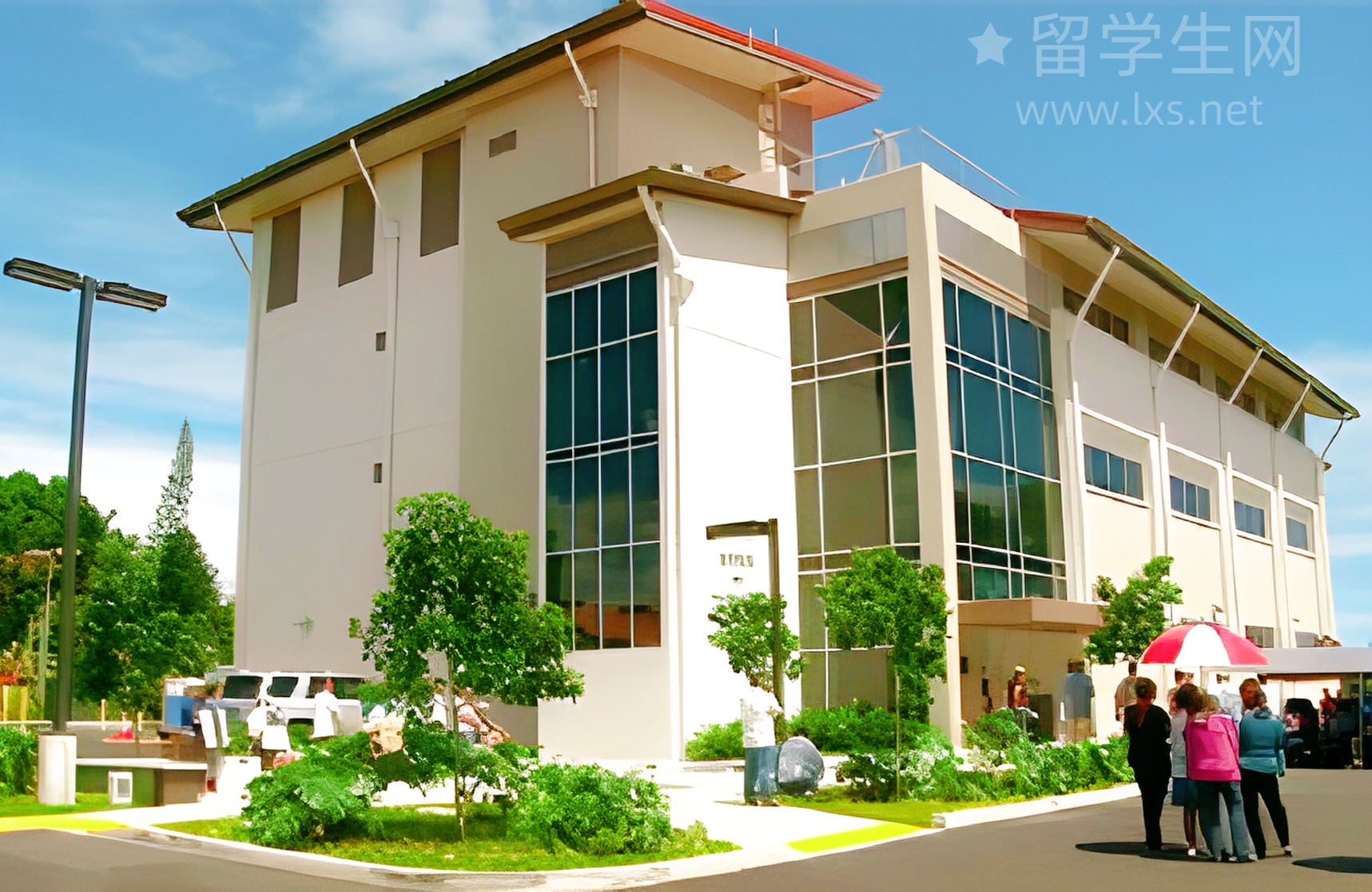| 雅思时间表达核心突破点 |
|---|
| 告别单一词汇,丰富你的时间状语“武器库”。 |
| 巧用时态和过渡句,丝滑串联过去、现在与未来。 |
| 技巧通用于口语 Part 1/2/3 及写作大小作文,一招鲜吃遍天! |
嘿,各位奋战在雅思一线的烤鸭们!你是不是也常常遇到这样的窘境:口语考试聊童年,脑子里只有 "when I was a child";写作分析图表趋势,翻来覆去就是 "from...to...";展望未来,除了 "in the future" 就词穷了?别担心,这感觉我们都懂。今天,作为留学生网的雅思小编,我就来带你彻底拆解时间表达这个“老大难”,让你从此告别卡壳,轻松秀出高分语言水平!
第一招:告别“小学生词汇”——“过去”的高级说法
我们先从最常被提起的“过去”开始。忘掉单调的 "in the past" 吧,你的“时间工具箱”里应该有这些更地道的表达:
1. 具体时间点/阶段:
- Back in my childhood / schooldays... (回顾我的童年/学生时代……)
例:Back in my schooldays, we didn't have smartphones and spent most of our leisure time playing outdoors. - During the 1990s / that era... (在90年代/那个时代……)
例:During that era, the local economy experienced a period of unprecedented growth. - A decade ago... / A few years back... (十年前……/几年前……)
例:A decade ago, this bustling city center was just a quiet town.
2. 相对时间与顺序:
- Previously / Formerly... (之前,从前……)
例:This building was formerly a library, but it was converted into a museum last year. - Prior to + [事件/年份]... (在……之前)
例:Prior to the widespread adoption of the internet, information spread much more slowly.
第二招:让“现在”活起来——动态描述与近期趋势
描述“现在”的状态或变化,尤其是在写作Task 1图表题和口语Part 3讨论社会现象时,精准的词汇能让你的描述瞬间立体起来。
- Currently / At present... (目前,当前)
例:Currently, the government is investing heavily in renewable energy sources. - These days / Nowadays... (如今,现在)
例:These days, online shopping has become the default for many consumers. - In recent years... / Over the past few years... (近年来……) (常与现在完成时搭配)
例:In recent years, there has been a growing awareness of mental health issues.
第三招:预见未来——用词精准,逻辑清晰
预测未来趋势或表达个人规划,除了 "in the future",你还有更多选择来体现语言的严谨性和丰富度。
- In the foreseeable future... (在可预见的未来……)
例:In the foreseeable future, electric vehicles are expected to dominate the automotive market. - Looking ahead... / Moving forward... (展望未来……)
例:Looking ahead, our company plans to expand into the Asian market. - Over the next decade/century... (在未来十年/一个世纪……)
例:It is projected that the global population will continue to rise over the next decade. - 万能句式:It is likely/predicted/anticipated that... (很可能/据预测/据预计……)
例:It is anticipated that artificial intelligence will play a more significant role in our daily lives.
终极绝招:串联时空的“逻辑胶水”
真正的高手,不仅能清晰表达单个时间点,更能自如地在过去、现在和未来之间穿梭。这时,你需要一些“逻辑胶水”——过渡词和连接句。
- 从过去到现在:Since then,... (从那时起, ...)
例:The city implemented a new traffic policy in 2020. Since then, traffic congestion has been significantly alleviated. - 事件的先后顺序:Subsequently / Following that,... (随后, ...)
例:He graduated from university with honors. Subsequently, he received a job offer from a top tech firm. - 一个完整的逻辑链示范:
Previously, people relied on traditional media for news. However, with the advent of the internet in recent decades, social media has emerged as a primary source of information for many. Looking ahead, it is predicted that AI-powered news aggregators will further personalize our information consumption.
掌握了这些表达和句式,就像给你的语言装上了导航系统,无论话题如何切换,都能做到条理清晰,游刃有余。当然,光看不练假把式。如果你想把这些技巧内化为自己的能力,不妨来我们留学生网 (https://www.lxs.net) 试试我们的AI写作辅导工具。它强大的智能算法不仅能帮你检查时态和语法的准确性,其海量的模板库和范文更能启发你的灵感,让你在实践中快速进步。
总结一下,搞定雅思中的时间表达,关键在于构建一个属于你自己的、丰富的“时间工具箱”,并学会用逻辑连接词将它们串联起来。这不仅是考试技巧,更是提升你学术英语能力的重要一步。无论是雅思备考,还是未来需要处理覆盖商科、理工、人文社科等多学科的学术写作,留学生网 (https://www.lxs.net) 都能凭借其先进的AI技术和全面的学术支持,为你提供一站式解决方案,让你的留学之路更加顺畅。现在就开始练习吧,祝你早日和雅思分手!






